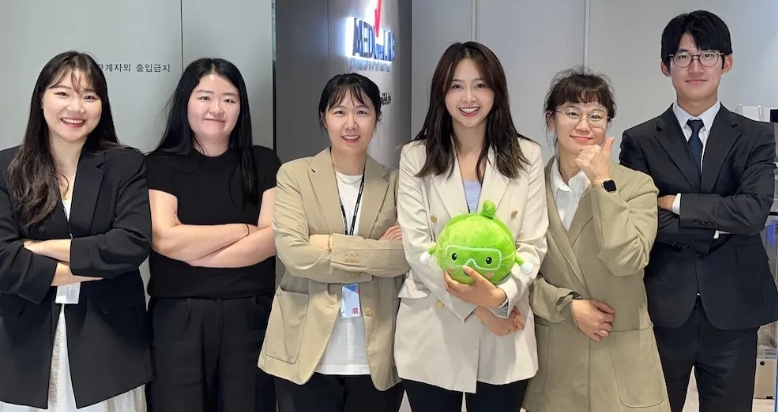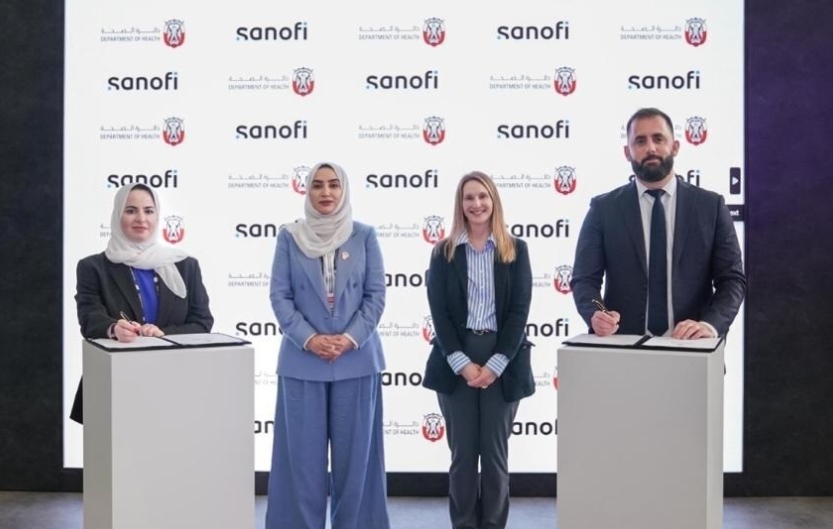
image courtesy: policyoptions
The respiratory syncytial virus (RSV) market is expected to grow at a compound annual growth rate (CAGR) of 44.7% from US$36.88m in 2018 to US$1.48bn by 2028 across the five growth markets (*5GM) in the Asia-Pacific (APAC) region, according to GlobalData, a leading data and analytics company.
GlobalData’s latest report, ‘Respiratory Syncytial Virus (RSV): Forecast in Asia-Pacific Markets to 2028’, reveals that the main driver of growth will be the launch of new products to prevent medically-significant RSV infections, including the first products to be licensed for RSV in India and urban China.
Philippa Salter, a Pharma Analyst at GlobalData, comments: “The level of unmet need in the RSV marketplace is high in India and urban China, where there are currently no prophylactic or therapeutic options. The launch of the first RSV products in 2023 in urban China and 2024 in India is expected to be a strong driver of growth for the 5GM over the forecast period, especially considering the large potential patient populations in these markets.”
GlobalData’s research reveals that the current standard of care and only available product for RSV, AstraZeneca/AbbVie’s Synagis (palivizumab), is likely to be displaced during the forecast period. Key opinion leaders interviewed by GlobalData believe the improvement and optimization of prophylactic monoclonal antibodies (mAbs) will be an important development.
Salter continues: “Synagis is currently the only licensed product in Australia, South Korea and Japan for prevention of RSV infections in young children, but its high price and restrictive label have narrowed its clinical applications to only the highest-risk infants.
“In addition, the requirement for five monthly injections of Synagis is a substantial barrier to full patient compliance. Sales of Synagis are expected to drop substantially after the launch of AstraZeneca/Sanofi’s pipeline candidate mAb MEDI8897 in 2024, which is projected to reach US$629m in annual revenue by 2028. MEDI8897 will also provide the first prophylactic mAb option for patients in India and urban China.”
GlobalData’s report identified two additional development strategies in the RSV pipeline – the development of prophylactic vaccines for which there are three distinct populations of interest: maternal, pediatric, and elderly adults; and the development of effective therapeutic antivirals which are currently unavailable.
Notably, the annual cost of therapy for antivirals is expected to be significantly lower than that of prophylactics, accounting for just 1% of total RSV sales in 2028.
Salter concludes: “It is likely that several first-in-class products for the management of RSV will coexist simultaneously by 2028, including both vaccines and antivirals for treatment of severe or breakthrough RSV infections. However, the global impact of new products in reducing the overall RSV burden will depend on the cost-effectiveness of these drugs, as well as how vaccines are eventually integrated into national immunization policies throughout the 5GM.”
*5GM = Australia, India, Japan, South Korea and asurban China




